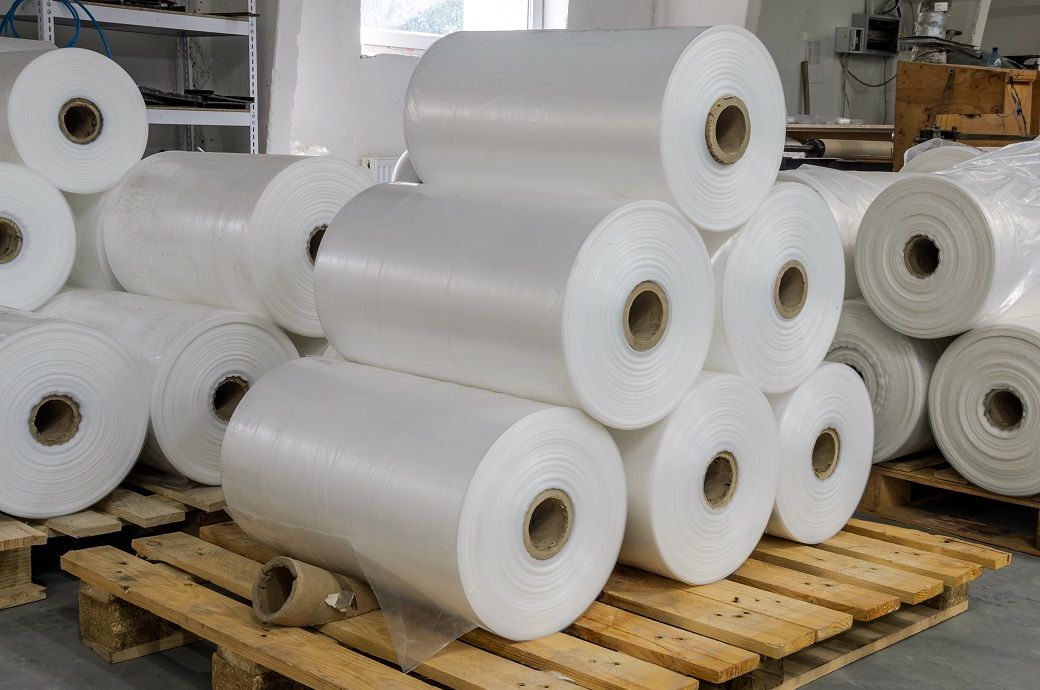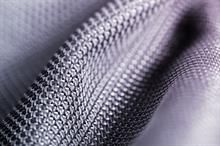
Operating margin is expected to stabilise at 13-14 per cent next fiscal owing to better demand-supply balance. To give the context, the historical range has been 10-11 per cent, and it had surged to 18-20 per cent in the past two fiscals following pandemic-driven demand, as per a CRISIL Ratings analysis of eight large flexible packaging players, which account for around 75 per cent of the India’s installed capacity.
Flexible packaging companies manufacture bi-axially oriented polypropylene (BOPP) and bi-axially oriented polyethylene (BOPET) films. BOPET films have more oxygen-retention power, high tensile strength, longer shelf life, and better print quality compared with BOPP films, resulting in diverse end-use applications in industrial packaging. However, BOPP films have higher moisture retention properties and are cheaper, so they are used extensively to pack food products.
At 2.2 million tonne per annum by the end of this fiscal, the industry’s capacity will be about 30 per cent higher on-year. BOPET capacity is foreseen rising 40-50 per cent this fiscal, and BOPP capacity may rise by 15-20 per cent. Some of these have already been commissioned in the first half. Consequently, BOPET makers will see more pressure on their profitability margin.
To mitigate sharp fluctuations in operating margin, manufacturers rely on value-added offerings, which enjoy stable margin than commoditised offerings.
Next fiscal, no further imbalance in the demand-supply scenario is expected. The industry’s volume growth is likely to remain at 8-10 per cent, which would align with annual growth in capacity.
“Heightened hygiene consciousness during the pandemic accelerated demand for flexible packaging, which pushed up capacity utilisation for most manufacturers to ~90 per cent and spurred capacity addition. Some of the new capacities have begun operations this fiscal, leading to a compression in margins. Over the past two fiscals, the industry had enjoyed above-normal operating margin of 18-20 per cent primarily emanating from constrained supply. The margin is expected to stabilise at 13-14 per cent next fiscal,” said Mohit Makhija, senior director, CRISIL Ratings.
“Despite the capacity addition, healthy accruals of the past two fiscals have kept the industry’s debt levels under control. While debt is expected to rise this fiscal, credit profiles are likely to be stable. The debt to earnings before interest, tax, depreciation, and amortisation (EBITDA) multiple will continue to be comfortable at ~2 times in this and next fiscals, which will be better than the pre-pandemic levels of 2.5-3 times,” said Anand Kulkarni, director, CRISIL Ratings.
Fibre2Fashion News Desk (DP)

